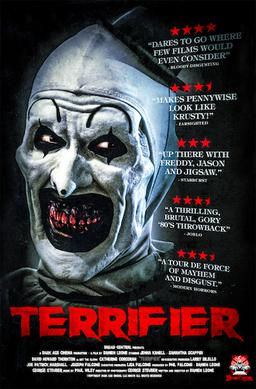The Mummy's Tomb (1942) review
- Jeremy Kelly
- Oct 3, 2022
- 4 min read
3. The Mummy’s Tomb (1942)
Directed by: Harold Young
Screenplay by: Griffin Jay, Henry Sucher
Starring: Lon Chaney Jr., Dick Foran, John Hubbard, Elyse Knox, Wallace Ford, Turhan Bey

“The Mummy’s Tomb” was released in 1942, and it scraps the adventure serial format, opting for a more straightforward horror plot. It’s pretty uninspired and dull, but there are some decent highlights. Taking place 30 years after the events of “The Mummy’s Hand,” it opens with high priest Andoheb (George Zucco), who somehow survived being shot multiple times and falling down a flight of stairs, passing on the responsibility of protecting the mummified Kharis (Lon Chaney Jr.) to his follower Mehemet Bey (Turhan Bey). He and Kharis travel to the town of Mapleton in the United States and track down Stephen Banning (Dick Foran) and Babe Hanson (Wallace Ford)—originally Steve Banning and Babe Jenson, but whatever—the surviving members of the expedition into Ananka’s tomb. Stephen’s adult son John (John Hubbard) realizes it’s the work of Kharis, and enlists the help of local Professor Norman (Frank Reicher) and the Sheriff (Cliff Clark) to stop Bey before his fiancée Isobel (Elyse Knox) becomes a victim too.
The story has very little substance; yet for such a short run time, it’s still padded out with roughly 10 minutes of flashback scenes as a way to recap the last movie. I will give credit that this was back before home video, so it served as a way to introduce casual viewers, but it still goes on too long. Moving past that, I really don’t understand why they felt the need to set this 30 years later; there isn’t the slightest attempt to make the setting the least bit futuristic, nobody dresses any different, and there are even references to the ongoing World War II. Also, why did Andoheb wait so long without setting Kharis on the Bannings? He doesn’t stop with Stephen and Babe either; Kharis also goes after the former’s sister Jane (Mary Gordon), while Marta and her father are basically written out entirely. A lot of time is just devoted to the authorities trying to figure out what’s going on, and there are various newspaper montages of the murders. It all kind of builds towards a similar climax, with Bey spontaneously falling in love with Isobel and using Kharis to bring her to him, but the pacing is sporadic at best.

The characters are where I think the film suffers the most, because none of them are very interesting. Admittedly, I was surprised to realize that Stephen and Babe are played by the same actors in aging makeup; it actually looks relatively convincing for the time. But John is the closest we have to a main character, and it didn’t take me long to realize that I really don’t care for this guy; he loses his father and aunt to this horrible monster, yet he barely acts like he gives a crap. There’s a good deal of attention on him and Isobel, and having to report for war, and I just don’t care. Bey is also a dull one-note villain; he’s photographed well and has a neat voice, but his mannerisms and mood are still pretty forgettable.
You probably won’t recognize him, but Kharis is played this time by Lon Chaney Jr., Universal’s newest horror star after the release of “The Wolf Man,” who also played Frankenstein’s Monster and Count Dracula during the decade. He takes part in some admittedly classic imagery of foggy cemeteries and stalking his victims, but the killings themselves are quite inept; this time Kharis barely has to grab his victims left-handed before they almost instantly suffocate, and there’s even a scene where he meets Stephen in his bedroom, with the exit door right behind him, and he just backs into the wall to his death. I know it seems like I’m picking apart the tropes of the time, but it just feels like there isn’t much in the way of dignity here; the film seems to lack passion or intelligence.

Looking back, I was probably being too hard in calling “The Mummy’s Hand” a simple studio cash-grab; it at least had its own distinct environment as opposed to this blandness. But for all its faults, this movie ends in a pretty fun way, even if it basically hits the same beats as a “Frankenstein” climax, down to a final confrontation with the Mummy carrying a damsel-in-distress in a burning building, as a result of angry villagers with torches and pitchforks. It’s one of the only times it feels like there’s any energy or urgency. When you get right down to it, “The Mummy’s Tomb” is as basic as you can get from a 1940s Universal horror movie. If there was more enthusiasm in the performances or more of a sense of fear and paranoia, I’d probably be much more forgiving. All in all, it’s a film that gives you exactly what’s at face value; just prepare to skip to the end if you aren’t feeling too patient.
My rating: 5.5/10





Comments